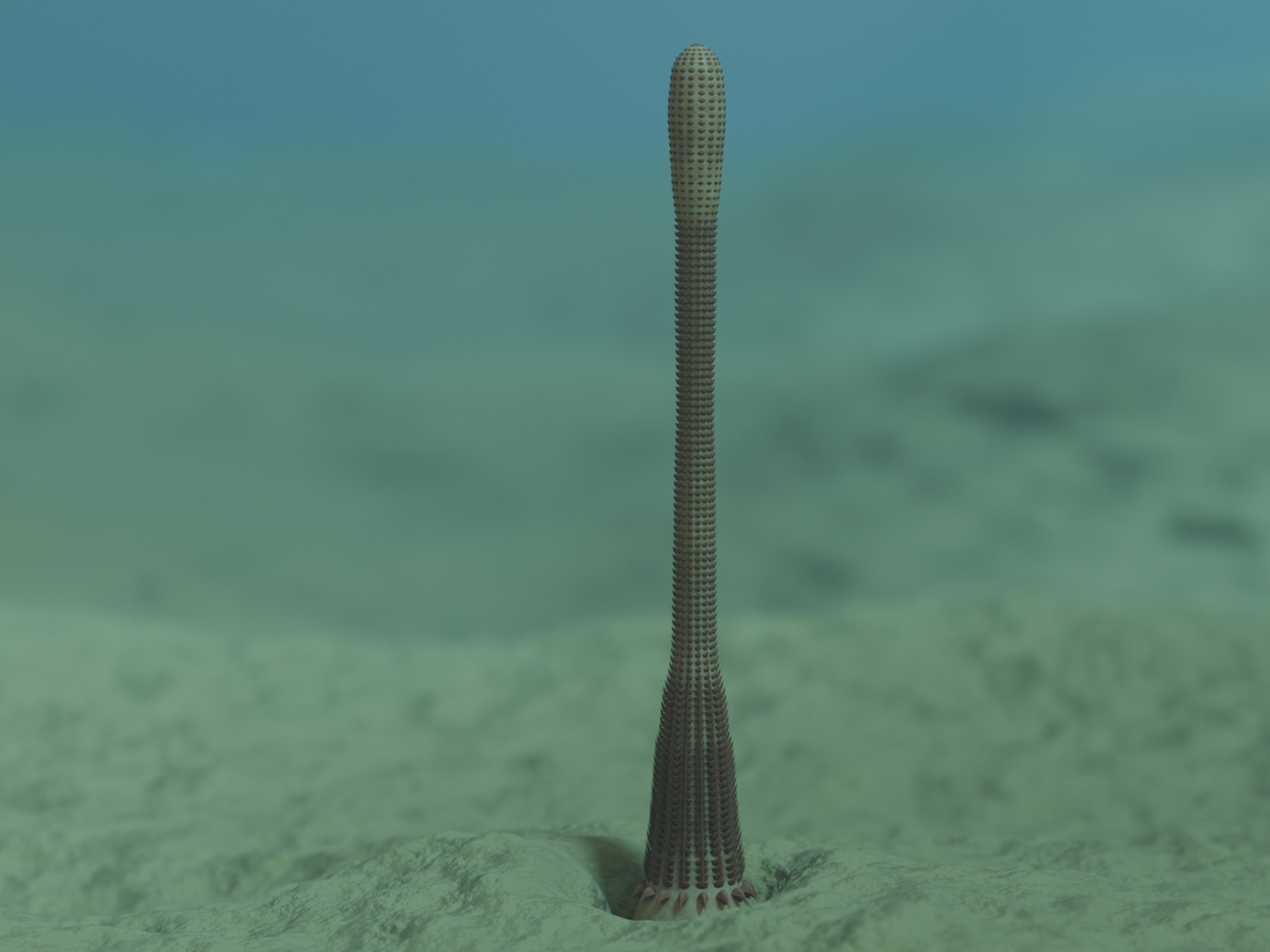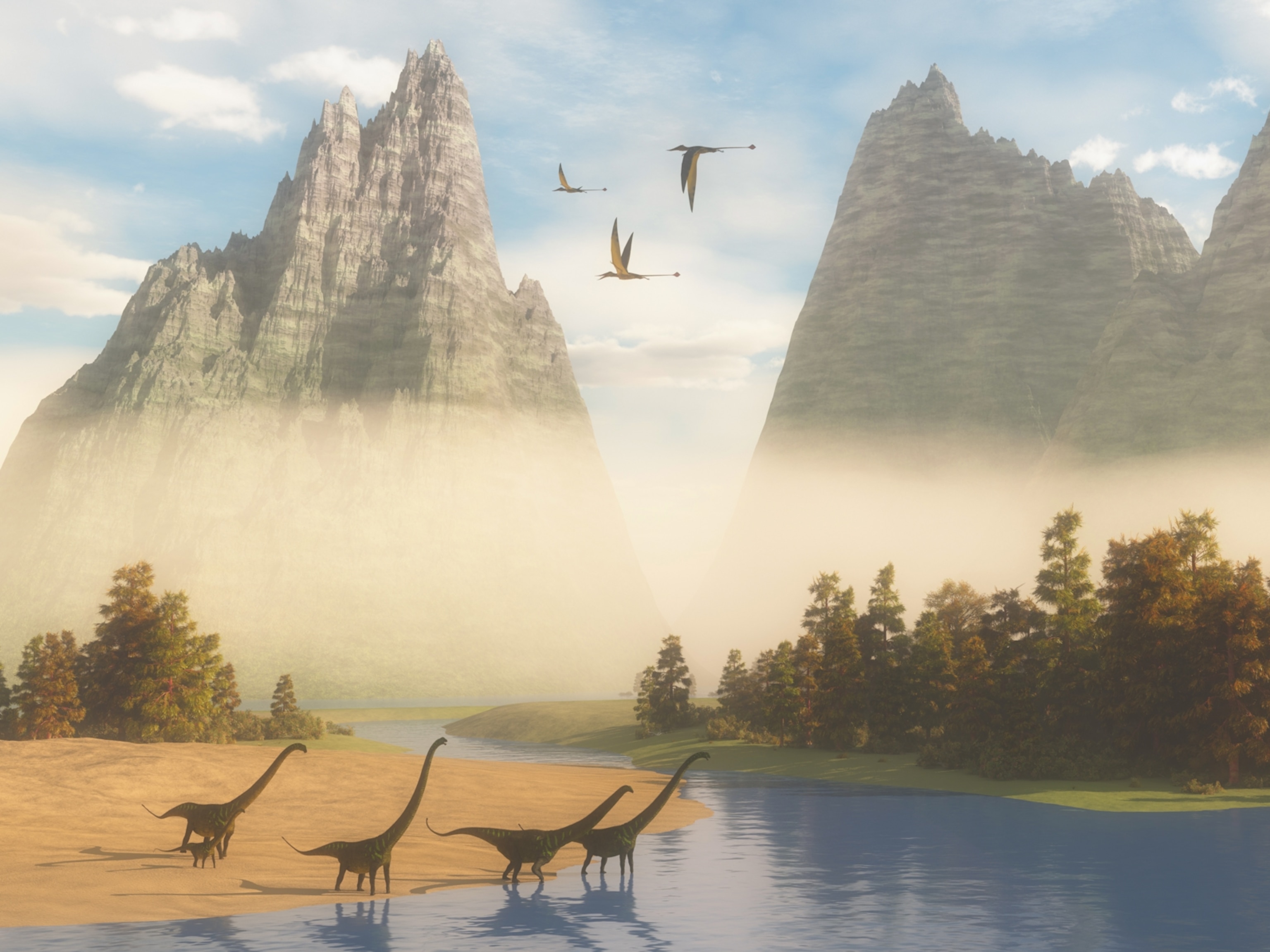
Half Billion-Year-Old Fossil Clue to How Worms Evolved
The incredibly well-preserved fossil is helping scientists understand how some of Earth's first worms evolved.
More than 500 million years ago, in what is today Kootenay National Park in British Columbia, a fast-moving underwater mudslide killed and trapped a small worm.
That's one theory Karma Nanglu, a researcher at the University of Toronto, has for a recently found fossil that's in what he describes as shockingly good condition.
The fossil is a new species of bristle worm, known scientifically as Kootenayscolex barbarensis, described in the journal Current Biology. It's small, only about two centimeters long, and flanked by hundreds of tiny hair-sized bristles called chaetae.
At its head, it has two tube-like features called palps, which Nanglu says could have been used to feel out the ground in front of it. During the Precambrian Era when the worm was alive, it would have crawled along the ocean floor feeding on organic material and recycling it back into the food chain after it was preyed upon by other species. It's a function that makes it similar to leeches and earthworms, the species into which it eventually evolved.

Rare Find
The bristle worm is a rare find. The soft tissue that makes up its body also easily decomposes. It's well preserved state is helping researchers understand how the heads in this phylum of annelids, or segmented worms, evolved.
Previous studies based on annelid fossils from Greenland suggested these species had heads that were indistinguishable from their bodies. Those fossils, says Nanglu, were nowhere near as well preserved as this recent find in Canada. More of the body can be seen more clearly, he says.
"We are suggesting that, unlike the previous theory, early in their evolution, the head [of annelids] looked like a head," he says. "This was a result of a unique developmental biology."
Discovery Site
Hundreds of millions of years ago, the region in which the fossil was discovered would have been teeming with these tiny bristle worms, say the researchers.
They've focused their excavations in one part of the park called Marble Canyon, a small site that's a part of a well-known fossil deposit called Burgess Shale. Since the site was first discovered in 2012, 500 early worm fossils have been found.
Nanglu says his next steps are to look at what role they played in the larger Precambrian community. During the time it was alive, it would have existed with ancient species of arthropods, a phylum that now encompasses animals like crabs to spiders and insects.
It's from these early forms of life that all animals eventually evolved, and Nanglu hopes that better understanding of their traits can help scientists piece together Earth's evolutionary puzzle.
"We have a much clearer picture," he says of finding the worm fossil; however, "the story isn't closed."





